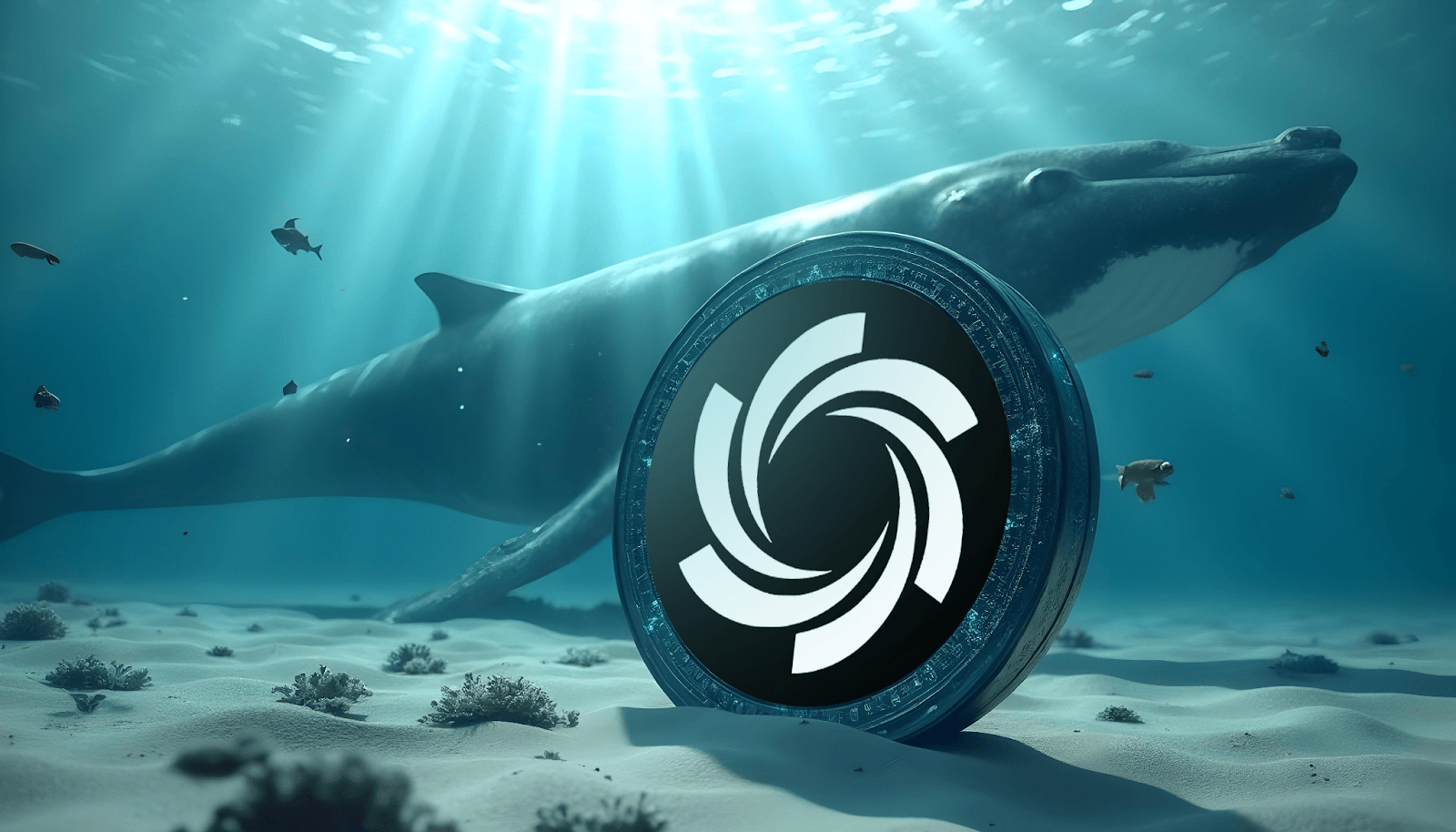Hedera Hashgraph vs BlockDAG: How do they Compare? - InvestingCube
BlockDAG (BDAG) and Hedera Hashgraph (HBAR), two Direct Acyclic Graph (DAG)-based disruptors gunning to flip the script on sluggish ledgers like Bitcoin and Ethereum. While they both ditch linear blocks for...

BlockDAG (BDAG) and Hedera Hashgraph (HBAR), two Direct Acyclic Graph (DAG)-based disruptors gunning to flip the script on sluggish ledgers like Bitcoin and Ethereum. While they both ditch linear blocks for web-like structures to turbocharge speed and slash costs, their approaches couldn’t be more different. One’s a grassroots mining frenzy, while the other’s a corporate boardroom powerhouse. Lets see how they stack up from their tech to their chances of changing the financial world.
Similarities Between Hedera Hashgraph and BlockDAG
Both have realy low transaction costs (BlockDAG is yet to launch but estimates point at $0.0001 or lower transaction costs). Meanwhile, Hedera is super cheap, at $0.0001 per transaction, which is way lower than Ethereum’s high gas fees. They can also handle a lot of users, are more energy-efficient than PoW chains and are built to be eco-friendly. They’re more about creating utility than just riding on hype. Therefore, they’re aiming at things like enhancing the efficiency of financial transactions and tokenising assets. Hedera is extra polished for enterprises, while BlockDAG is easier for the regular people to use.
Functionality and Technological Differences
Hedera uses something called Hashgraph in its system. Hashgraph is known to be super fast and capable of handling tones of transactions, upwards of 10,000 transactions per second, with very cheap fees. That makes it a great choice for companies. In addition, Hedera’s governance is managed by a council of global corporations, including big names like Google and IBM. However, this has also led to criticism that its a bit too centralised.
BlockDAG does things differently. It uses a mix of DAG structure with Proof of Work (PoW), based on Bitcoin and Kaspa. This enables it to handle large volumes of transactions at any given time. This will help it to be super fast without the risk of slowing down due to congestion. Also, this technology offers safety and ultra-cheap transaction cost because of the PoW segment which makes it different from Hedera’s more controlled style. BlockDAG also wants to be easy to use, with its X-Series miners and phone mining up accommodating not only developers but also the masses.
Market Focus
Although they are different technically, both platforms function as Layer 1 network, supporting smart contracts and decentralised applications (dApps). Both are seen as faster and better versions of old blockchains like Ethereum and Bitcoin, focusing on speed and getting things done faster.
Their focus, though, is a bit different. As mentioned above, Hedera leans towards business and company use, using its council to get partnerships in supply chains, identity safety and online payments. BlockDAG, while showing off good scaling, seems to be aiming for a mix of growing a community of regular users (as seen through its presale) and offering a scalable system for developers to build open apps.
Basically, Hedera is a safe, business-friendly step towards the future of DLT, while BlockDAG is a disruptive, community-based platform made for regular users and scalable decentralised apps.
What is the main difference between Hedera and BlockDAG consensus technology?
Hedera uses the Hashgraph consensus and is giverned by a Council of global corporations. This offers stability but leans towards centralisation. In contrast, BlockDAG uses a hybrid DAG+PoW consensus, prioritising decentralisation and theoretical unlimited scalability.
Why dis BlockDAG and Hedera move from the traditional linear blockchain structure?
Both platforms recognised that a linear blockchain creates a fundamental bottleneck for achieving the mass adoption required for global financial disruption. DAG architecture enables transactions to be validated concurrently. This massively boosts throughput and efficiency.
How does BlockDAG compare to Hedera in transaction speed?
BlockDAG claims 15,000 TPS which is higher than Hedera’s 10,000+ TPS. Both deliver fast, low-cost transactions.
Delegate Your Voting Power to FEED DRep in Cardano Governance.
DRep ID: drep12ukt4ctzmtf6l5rj76cddgf3dvuy0lfz7uky08jfvgr9ugaapz4 | We are driven to register as a DRep by our deep dedication to the Cardano ecosystem and our aspiration to take an active role in its development, ensuring that its progress stays true to the principles of decentralization, security, and community empowerment.DELEGATE VOTING POWER!









